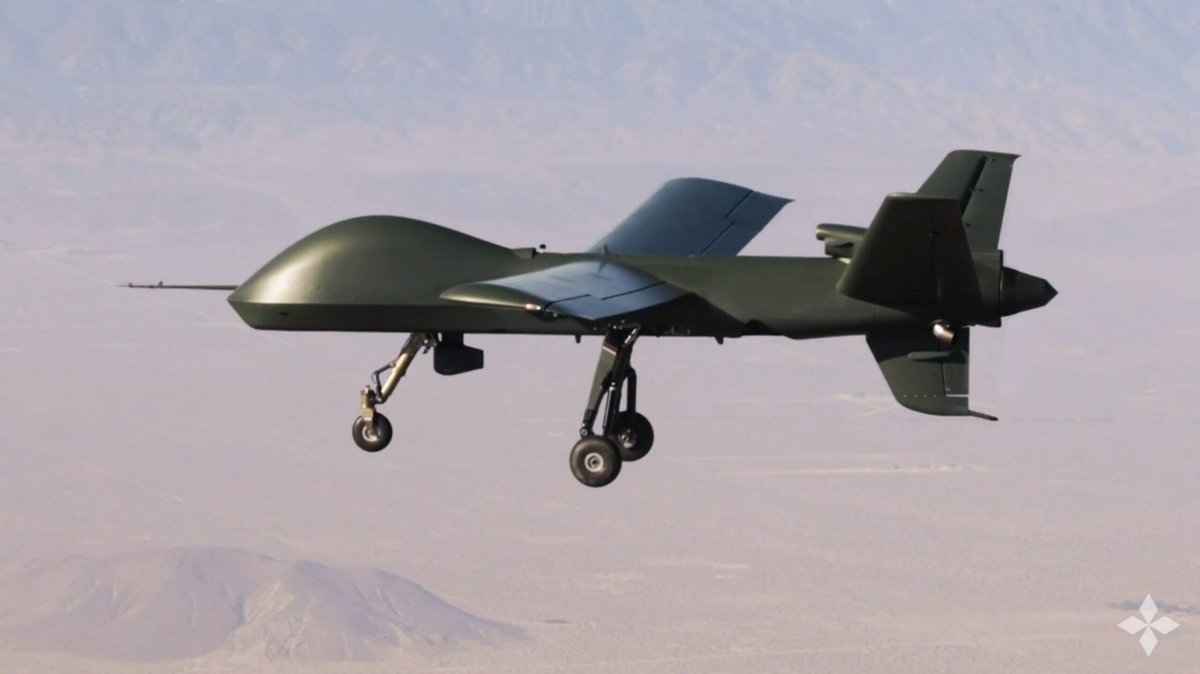Having finished @jim_storr's book on the Cold War, I share his view that IFVs need the following characteristics:
1. Same level protection as MBTs
2. Ability to carry a full section 8 + 2 crew
3. 20 bhp / tonne power to weight ratio
I also agree that Namer is a good benchmark.
1. Same level protection as MBTs
2. Ability to carry a full section 8 + 2 crew
3. 20 bhp / tonne power to weight ratio
I also agree that Namer is a good benchmark.

Jim suggests that weapon turrets add weight and reduce carrying capacity. However, modern unmanned turrets are light and do not take-up interior space. Their sensors are extremely helpful for locating the enemy and they can defeat the IFVs / LAVs of potential adversaries. 

If current IFVs are too light, Jim suggests that MBTs have become too heavy. He views mobility as being as essential to survivability as the level of protection provided. Again with unmanned gun turrets, MBT weights can be reduced by 10-15 tonnes without removing armour. 

In other words, a common MBT and IFV platform with a basic weight of 40-50 tonnes and the ability to mount appliqué armour, for a gross weight of 60 tonnes could be the way ahead. MGCS is certainly looking at a single platform type for heavy roles. 

The concept is somewhat validated by Warrior TES: 45 t with add-on armour and Challenger 2 Megatron at 68 t. IFVs weighing more than 32 t are as difficult to deploy as MBTs. Both will utilise the same manoeuvre support assets, so a heavier IFV is no bad thing. 



I like the duality of heavy tracked armour and wheeled medium armour. Wheeled medium forces deploy quickly but lack resilience. Heavy tracked forces deploy slowly but have staying power. Regardless of vehicle weight, the trick is to avoid mixing wheels + tracks in same formation. 



You'll need light wheeled vehicles (Panther, JLTV etc) and light tracked (BVS10, Wiesel) as well. This gives you heavy tracked, medium wheeled, light wheeled, and light tracked, or four core combat vehicle types.
If the war in Ukraine resulted in a re-think on the retirement of the British Army's Warrior IFV, a new upgrade programme could simply add an unmanned turret. This would increase interior space, reduce the risk of fire and allow extra armour to be added. Just an idea. 

• • •
Missing some Tweet in this thread? You can try to
force a refresh


















